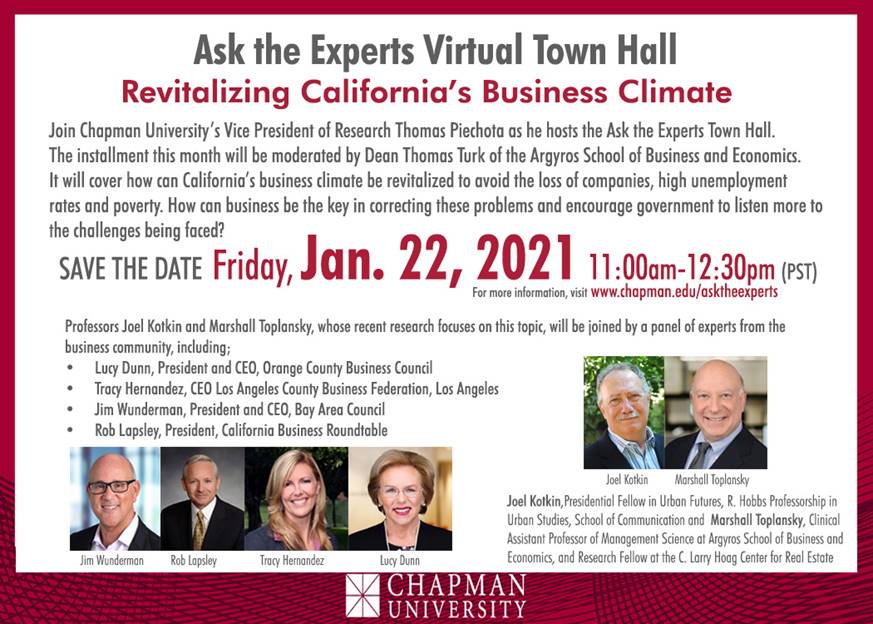This year, the Big Game is about Flyover Country more than ever. Two of our teams are battling it out. They’re contesting on one of our fields. And their strivings on the gridiron will be accompanied by an ample chorus of TV and digital advertisements by companies that hail from the heartland, ranging from automakers to insurers to food processors to mortgage brokers.
There’s no telling the outcome of Super Bowl LV in a potentially great, quarterback-led match-up in Raymond James Stadium in Tampa between the Tampa Bay Buccaneers of Tom Brady and Patrick Mahomes’s Kansas City Chiefs, the reigning champions. But you can be certain that advertisers based in the middle of America will be providing plenty of great commercial moments to the rest of the country and the world.
Read the rest of this piece at The Flyover Coalition.
Dale Buss is founder and executive director of The Flyover Coalition, a not-for-profit organization aimed at helping revitalize and promote the economy, companies and people of the region between the Appalachians and Rockies, the Gulf Coast and the Great Lakes. He is a long-time author, journalist, and magazine and newspaper editor, and contributor to Chief Executive, Forbes, the Wall Street Journal, the New York Times and many other publications. Buss is a Wisconsin native who lives in Michigan and has also lived in Texas, Pennsylvania and Florida.













